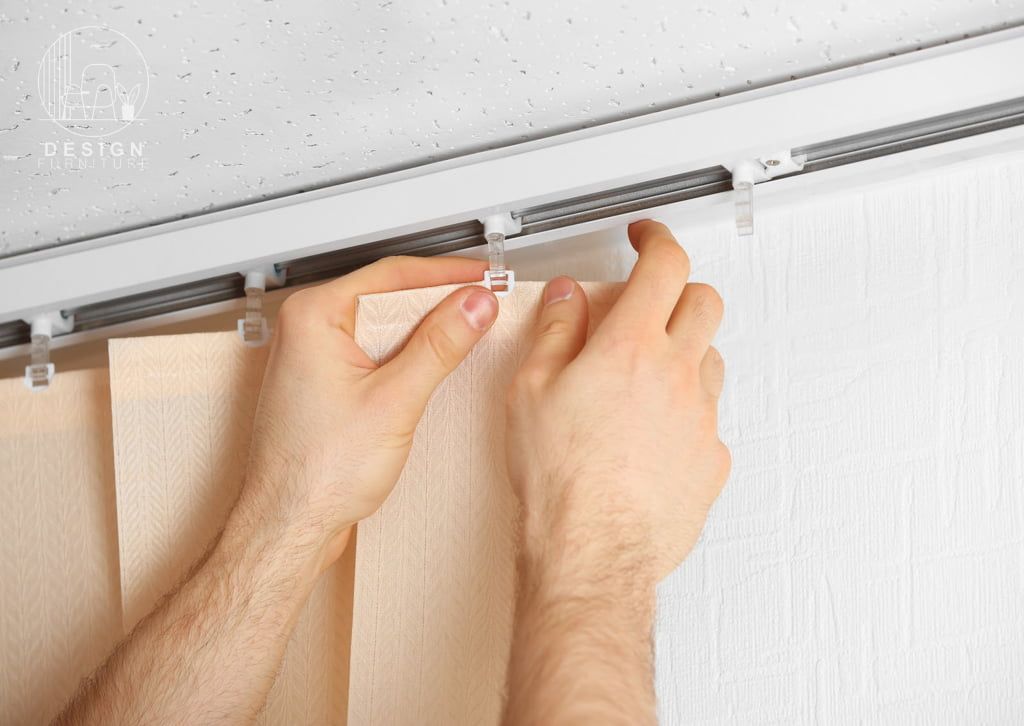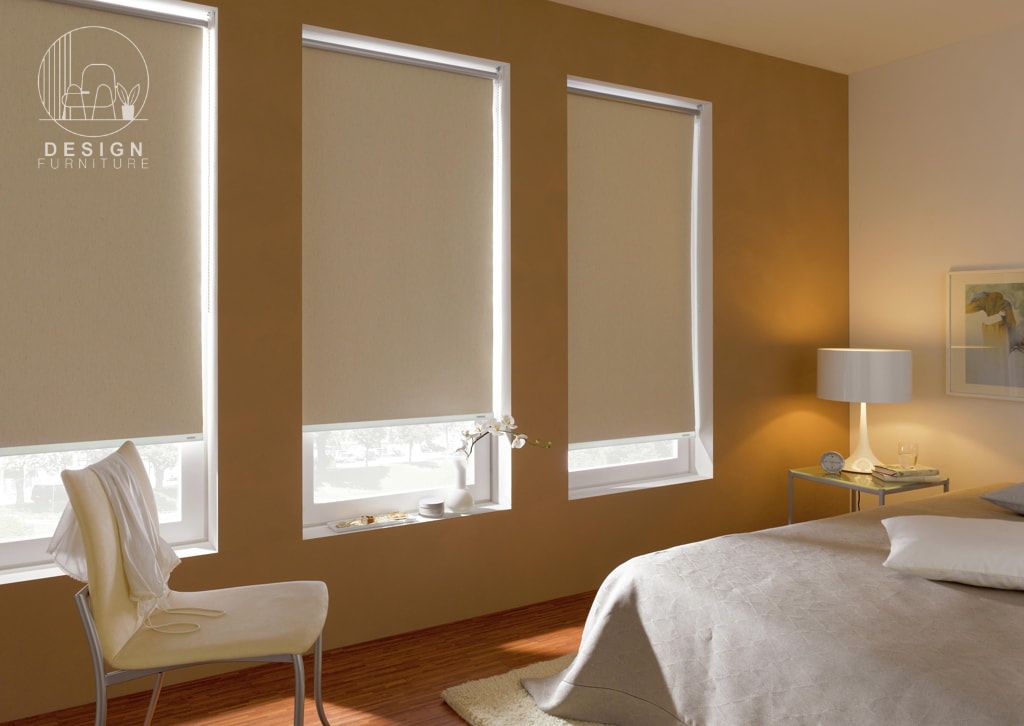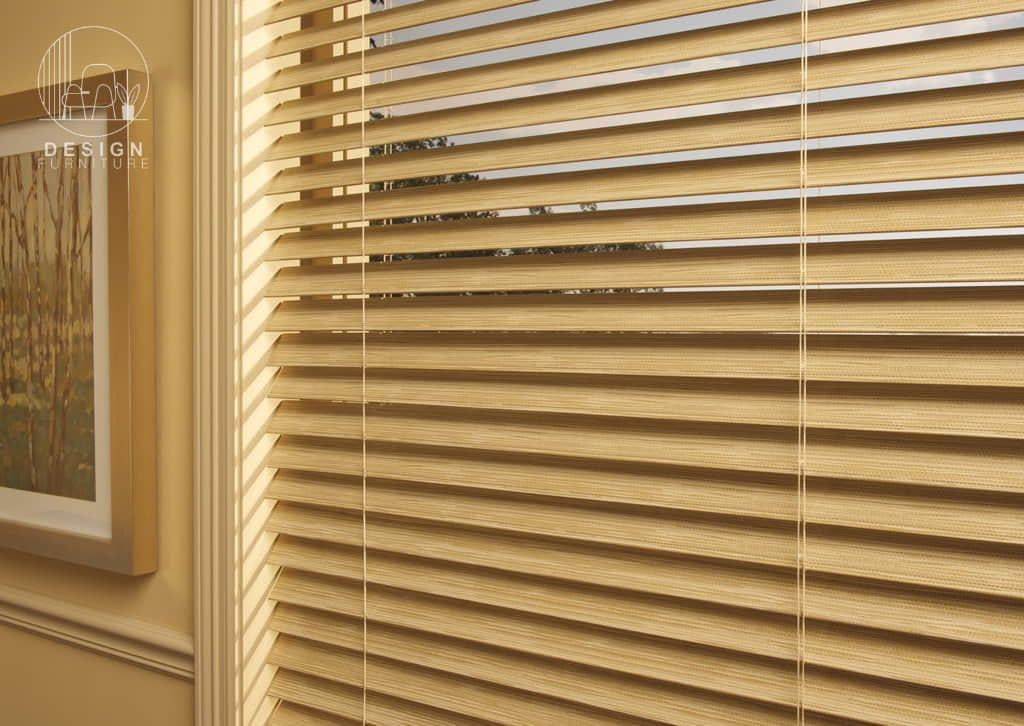Common Issues With Window Blinds: How To Fix?
Blinds, while being a really serviceable part of your entire home decor, are still the most likely to go bad and make things much more troublesome for you. Besides, the faulty functioning of your window blinds is totally irrespective of how much you’re considerate about their upkeep. To have it the other way, no matter how well you maintain and handle your blinds, you still have a major chance of ending up with damaged blinds or essentially those that give you a hard time regarding their working.
Of course, you’re a window blind owner, which comes with the dire need to know how to fix the minor issues that take place at a frequent rate. And you can also strive a little more and make yourself capable of addressing the serious ones, too.
An obvious thought at this point could be, “Why not hire the professionals and let them deal with all the mess?”. Well, you can certainly go for that as well, however, it’s, of course, gonna require you to SPEND MONEY and there is nothing exciting about doing so!
After all, we all have a thing for DIYs, so why not go for a fixing attempt on that nasty looking broken/defaced/faulty blind of ours? Having that said, we’ve got all the help compiled in a nice and comprehensive way for you in this amazing guide of ours.
So let’s not keep that poor window blind waiting and get started with the fixing!
Dealing With The Major Blind Issues
Now there could be several scenarios for the damage or compromised functioning of your window blinds. And certainly, identifying that very factor is the first step to troubleshooting.
Ahead are some of the most common situations of trouble-causing blinds in residential spaces, along with, of course, the easy and effective ways of dealing with them. We wish you a pleasant reading experience at this point!
1. Blind Slats That Need To Be Replaced

Identifying The Problem
While it isn’t essentially damaged, this is still a very common phenomenon in which one (or at worst, more!) blind slats do not function properly anymore, and the sole potential fix to the situation is to replace that slat or those slats (the broken ones!).
Read More: Different type of window blinds
Generally, it’s the broken slat that needs to be replaced or the one that rotates differently from its entire community (the other slats). So you gotta teach that unruly slat a lesson!
How To Fix:
- Start by removing the cap from the blind rail, followed by slightly pulling out the cords.
- Replace the broken slat with a new one.
- Finish by putting the cords back inside the bottom rail of the blind, followed by tying the knots.
Your blinds should work fine afterward.
2. Blinds That Need To Be Shortened

The Need For Doing So
In general, you need to do that in case you’ve got the wrong sized blinds. Besides, shortening the blinds is also a good idea if you feel bothered by those nasty-looking excessive hanging parts or if there are children and/or pets around.
Read More: The Best Fabric for Roman Blinds
So recall your tailoring skills, even if you’ve got plenty of them. We still strongly suggest you be careful at every single step since even the slightest misconduct can simply ruin the whole look of your window.
How To Shorten:
- Start by removing the bottom rail plugs. This will help release the string ladders, consequently revealing the knotted lift cord. Next up comes undoing the knot and pulling up the lift cord enough to release those blind slats that you need to get rid of.
- Remove all the required slats, along with the bottom rail, in order to shorten the blind. You’ll need to have a definitive idea about how much length you’re going to keep. Once you’ve determined the desired length, you’ll have to insert the bottom rail of the blind into the last ladder rung.
- Cut off the string ladder above the hanging rung and be careful about leaving enough ladder, so that it’s easy to have the string inserted into the route holes, which are present at the bottom of the bottom rail.
- Have the lift cord inserted through the bottom rail hole, followed by tying a knot. Ensure you keep the lift cords even and the hanging of the bottom rail perfectly straight.
- You can either raise or lower the knot present in the lift cord to have the desired length change. This might well require you to insert some more or even fewer ladders into the bottom rail route. Never try to adjust the length by pulling on the lift cord.
- Finish off by replacing the bottom rail plugs. You can also make use of a hammer or rubber mallet to do this safely.
Once you’re satisfied with the blind length, you can repeat this procedure for all other blinds. This is also a great way to make your surrounding spaces free of any danger of getting entangled or hurt.
3. Dealing With The Tilting Concerns

There Are Multiple Versions Of The Issue
Troubled tilting is one of the most common concerns of blind movement, and this situation can have more than one scenario. However, one factor is certainly common, and that is the need to remove the entire blind from the window (yes, we can totally feel you, but nothing can be done about this!)
Read More: How To Deal With A Stiff Roller Blind Chain
The most frequently encountered form of this problem is when the rod rotates but the blind slats do not move. One effective fix to this situation is to alter the tilt mechanism.
What You Need To Do:
- Start by acting upon the above disclaimer, i.e. removing the window blind, followed by removing the end stiffener from the head rail end. This is exactly the point where the tilt mechanism of the blind is located.
- Next up comes sliding the tilt rod over in order to have the tilt mechanism free. For this, you’ll need to slide the rod out of the mechanism.
- Once you’ve freed the tilt mechanism, simply snap out the tilt mechanism of the blind, followed by replacing it with a new one. Be Careful about adequately seating the new mechanism control punch or route.
- Finish by sliding the tilt rod into the tilt mechanism you’ve just fitted, followed by replacing the end stiffener.
Try moving the slats, which should work smoothly by now.
4. Addressing The Lifting Problems

Getting Started With The Troubleshooting
The problem specifically isn’t always about the blind lifting, but can also be about their lowering, basically the entire movement. Stuck blinds, for sure, are one of the most stressful factors. However, as for the fixing, you need to be super gentle with every step. Don’t let the frustration of the faulty working blinds make you go wrong at any point.
A Lighter Version Of The Problem
Most of the time, it’s only the jammed cord lock that’s restraining the blinds from staying open. If that’s the case, all you need to do is take your flathead screwdriver and use it to free the cord lock. This should do the job for you, and your blinds should be able to move without causing any trouble.
Read More: Read This Before You Buy Motorized Blinds
However, if that’s not the case, you might as well want to try out the method mentioned ahead.
Going A Little Beyond:
- When your window blinds don’t lower the right way, then it’s time to lift the codes with the headrail to free the stuck blinds.
- As for releasing the cord lock, simply try putting a small pin into it and, afterward, make use of a screwdriver to put the pin inside and release the slats.
Try lowering/ raising your blinds and they should follow your commands, creating no trouble.
5. Blind Tilt Wand Requiring A Replacement

Look At The Bright Side
This, right here, is the situation that won’t require you to deal with the slats since the problem is with their controller, which is the rod aka blind tilter. A damaged wand tilter will stop your blind slats from moving and eventually stop you from sleeping peacefully.
Read More: How to Choose Between Horizontal & Vertical Window Blinds
The first step to troubleshooting this very serious concern is to get a new wand tilter replacement.
Get Down To Fixing
- Take your damaged blind off the window and remove the head rail’s plastic cap, which is also often called the metal brace.
- Next up comes detaching the tilt rod of the blind from the wand tilter, followed by replacing the tilter and putting it back into its place.
- Straighten the flat parts of the tilter along with the rod lines. You’ll need to turn the tilter shaft for this purpose.
- Finish off by placing the cap back on, followed by pushing the rod back to the tilter.
Try out your new wand tilter, which you’ve fixed yourself, and don’t forget to reward yourself for your efforts.
Conclusion
These were the most frequently experienced issues with window blinds, for which we’ve compiled all the troubleshooting methods so that you don’t need to get bothered with your faulty blinds. This is definitely likely to become demanding at certain points since what you’re dealing with is an entirely complex mechanism. However, you can always make things simpler and more favorable for you by thoroughly following the guidelines.
Besides, the methods we’ve mentioned don’t also require a lot of tools or a high level of skill. Yet, you can expect these methods to work just fine for you.
Frequently Asked Questions (FAQs)
The slats of a window blind are often referred to as vanes, something you identify as a twisty element of your blinds, as they keep hanging vertically from the track. Blinds Vanes can be made from a number of different materials and they can be fabricated as well. You can easily have your desired levels of room darkening and privacy within your room with the help of these vanes/slats.
Top Fixing Blinds simply means hanging the blinds within the recess, which in fact, is a really useful idea of window blind installation. That’s because the inside mounting or top fixing of the blinds offers a firm fit for the blind brackets and doing so also saves a lot of space, as well. Besides, such blind orientation always looks really seamless and presentable.
Reusing your window blind brackets is actually a great idea to consider, since it saves a lot of time. You won’t need to spare excessive time for unscrewing all the little screws and this also proves helpful in case you get to drop any of the screws when you hold the bracket in place.
Yes, you can totally drill holes in your uPVC Windows and in the door frame as well, in order to install window blinds or simply hang the curtains. You will need to make use of screw fittings for this purpose.




